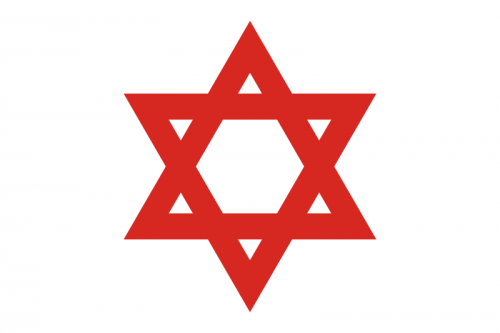 I'm wondering if syndicated cartoonist Pat Oliphant shouldn't resist the urge to use his acid brush to depict religious angles. Last time we discussed his work, he was demonstrating his ignorance and hatred of Pentecostalism on the pixelated pages of the Washington Post.
That sparked quite the reader response and a couple of reflective columns by ombudsman Deborah Howell.
I'm wondering if syndicated cartoonist Pat Oliphant shouldn't resist the urge to use his acid brush to depict religious angles. Last time we discussed his work, he was demonstrating his ignorance and hatred of Pentecostalism on the pixelated pages of the Washington Post.
That sparked quite the reader response and a couple of reflective columns by ombudsman Deborah Howell.
He's back in the news for a cartoon about Jews that I found sickening. Your mileage may vary. Here's how the Associated Press covered it:
A Jewish human rights group is denouncing a Pat Oliphant political cartoon on Gaza as anti-Semitic, likening its fanged Star of David to Nazi imagery before the Holocaust.
The syndicated cartoon published Wednesday in newspapers across the country depicts a goose-stepping uniformed figure wheeling the Jewish symbol as it menaces a small female figure labeled "Gaza." . . .
"The imagery in this cartoon mimics the venomous anti-Semitic propaganda of the Nazi and Soviet eras," the center said in a statement. "It is cartoons like this that inspired millions of people to hate in the 1930s and help set the stage for the Nazi genocide."
The center called on media outlets to remove the cartoon from their Web sites.
It doesn't mention that the Nazi soldier is headless or that the Star of David he's pushing has vicious fanged teeth. But other than that, the AP story is very straightforward and provides tons of information except how widely distributed the cartoon was. How many papers ran it online or otherwise? The AP explains that Universal Press Syndicate, which distributes the cartoon, did not return messages.
The article says the cartoon is only the latest to offend, citing outcries in 2001 and 2007 over Asian caricatures and a kerfuffle over a depiction of Arabs in 2005. The AP neglects to mention the 2008 cartoon about Pentecostalism that we covered here.
The Washington Post ran the cartoon online this week. I don't read the paper on dead tree outside of weekends so I'm unsure if it also ran in the paper.
One thing that might be worthy of inclusion in future coverage about Oliphant's cartoon is that it is derivative of the famous Robert Minor cartoon from socialist journal "The Masses." I can't find the cartoon with text but originally it had a military official saying, "At Last, A Perfect Soldier," showing a headless, muscular soldier.
I happened to come across this story while surfing around the Los Angeles Times web site. It was just a month or so ago that there was so much outrage over the New York Post cartoon that intimated that the stimulus bill was written by a chimpanzee. I'm surprised that there hasn't been more outrage over this cartoon.
When the Pentecostal cartoon ran on The Post, Howell discussed the fact that it didn't appear in print -- just through automatic feed onto the web site. She added:
I showed it to several Post editors. While it was clever in some ways, most editors -- including me -- would not have run it. The Post has a policy against defaming or perpetuating racial, religious or ethnic stereotypes. That was why The Post did not run the Danish cartoons about the prophet Muhammad.
Hmm. So, again, it's okay to defame or perpetuate racial, religious or ethnic stereotypes online so long as you don't do it in print? And did the Danish cartoons run online at The Post?
And what would you do as an editor? Would you run the cartoon (and let's stop with the increasingly-silly online vs. print distinction)? How would you handle it if you were Oliphant's boss? Any suggestions for Oliphant?
Image from Wikimedia Commons.
